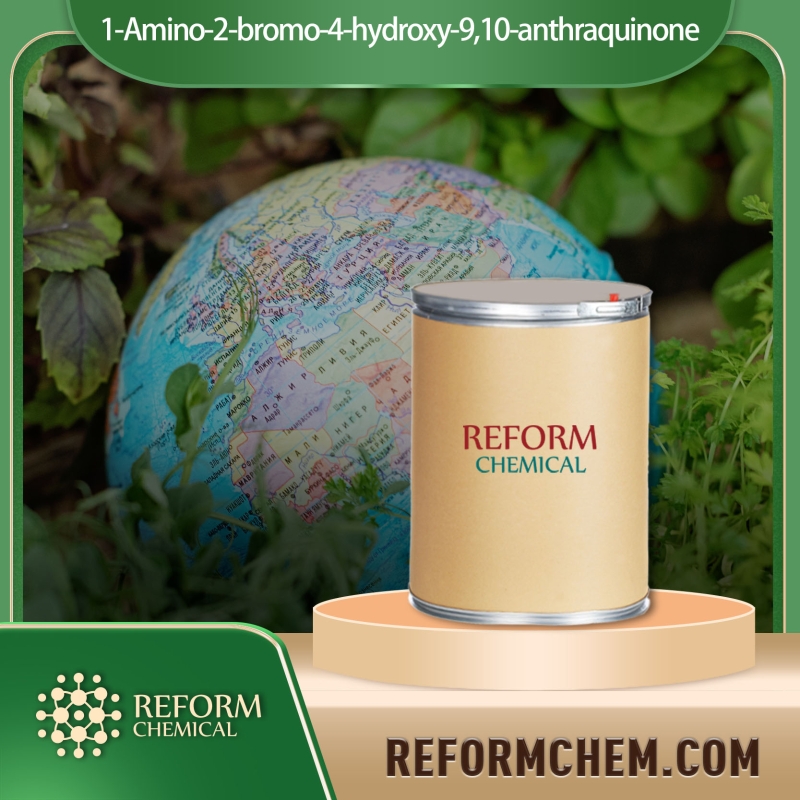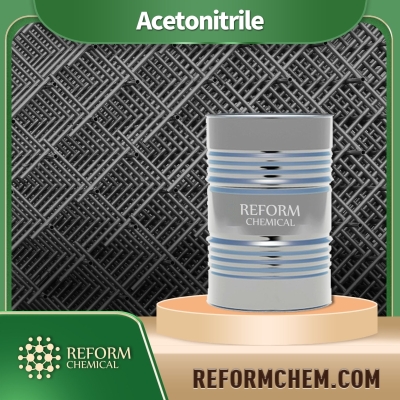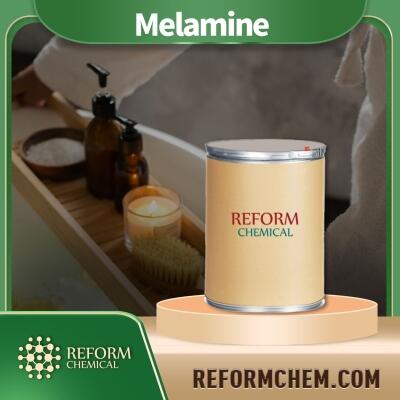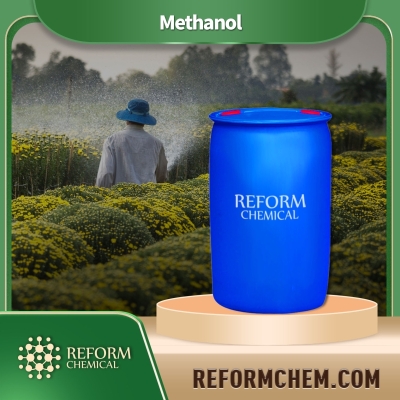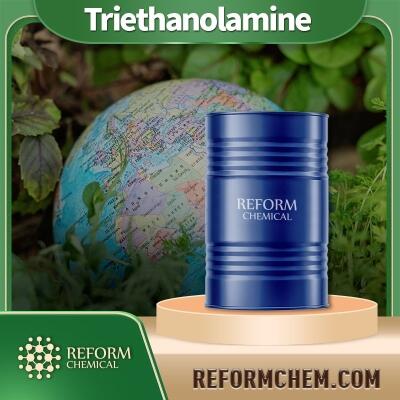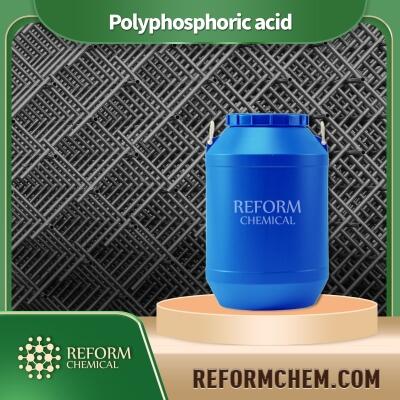What are the argon solubility in water
Argon solubility in water is only found in nature. Argon gas is one of the rarest substances on earth, with only 0.0001% of Earth's atmosphere composed of argon. Its solubility in water is not well understood, but the fact that it occurs suggests that there may be a connection between the two molecules.
Argon solubility in water appears to occur through a chemical reaction involving acids and hydroxides, which are natural ingredients found widely throughout nature as ions that can combine reversibly to form various salts and molecules from hydrogen to oxygen and nitrogen atoms.
Physical features of Argon
1. Argon has a boiling point of -185 degrees Celsius.
The gas state of argon is evident in its many uses to enhance and preserve the quality of air pressure, perform air purification functions, detect leaks or holes and test for leaks of air or helium, among others. Its presence in the Earth's atmosphere makes it an important gas for testing the purity and effectiveness of these techniques and methods because it is like a tracer that can be used to detect other gases and their sources by measuring how much argon is in samples from different parts of the world.
2. Argon is a noble gas
With a standard state of electronegativity of 1, meaning it has the greatest ability to hold negative charges.
Although the gas state of argon is the most prevalent, it can exist in other states through various reactions in which elements and molecules are changed into each other. Argon's boiling point and standard state of electronegativity provide clues as to how it behaves in these different states.
3. Argon is highly unreactive, a characteristic that is demonstrated by its abundance in the atmosphere and throughout nature.
In nature, no compounds of argon have been found in living organisms or elsewhere in the environment. The element's unreactivity makes it difficult to study, with most studies involving the gas state rather than other forms of argon. In certain instances it has been found to react with materials from which it can be removed, though these reactions not as common as those involving other noble gases such as helium and neon.
Uses of Argon
1. Argon is used as a protective covering for the filament in light bulbs
This extends the life span of light bulbs by protecting the filament from damage and breakdown. The covering also absorbs electromagnetic radiation to prevent it from reaching the lamp's filament.
2. Argon is used along with nitrogen, oxygen and water to maintain atmosphere ratios in respirators
When atmospheric air is compressed, it is at a greater risk of being contaminated by toxic gases such as hydrogen sulfide, carbon dioxide and ammonia as opposed to other gases in large quantities. Argon is one of the most common noble gas used in these types of seals, because it effectively occupies regions that are similar to other noble gases but has a lower boiling point than them.
3. Argon is used to aid in the medical treatment of chronic obstructive pulmonary disease (COPD).
By diluting the concentration of nitrogen in the respiratory tract with oxygen and argon, lung capacity is increased, making it easier for patients suffering from COPD to breathe.
4. Argon is used as a carrier gas when testing for leaks in airtight seals
Argon's lack of reaction with other gases along with its inertness in a wide range of temperatures makes it a good option for testing for leaks. It works by detecting the presence of other gases that are present in much lower quantities than argon and identifying them as either air or helium. This method is used in a variety of applications such as the study of oil pipelines, space vehicles, submarines and the monitoring of compressed-air pipes.
5. Argon is used for welding and other types of thermal soldering.
Since argon does not react with other gases or metals, it provides an acceptable atmosphere for carrying out these processes that can be dangerous when carried out in the presence of oxygen. Due to its negative charge at room temperature and relatively low boiling point it also prevents oxidation reactions from occurring when welding.
In conclusions, argon solubility in water is a rare chemical reaction that is rarely seen in nature. Although this phenomenon occurs very rarely in nature, it does not mean our existence on this planet is abnormal as we need to use some of the characteristics of our surroundings to survive and thrive.
Looking for chemical products? Let suppliers reach out to you!
Trade Alert
Delivering the latest product trends and industry news straight to your inbox.
(We'll never share your email address with a third-party.)
Related News
-
10 Benefits of Solanum Lycopersicum Fruit Extract
-
Advantages of apple cider vinegar for hair | Detailed Explanation
-
The Uses For Sodium Carbonate Soda Ash In Everyday Life
-
Approaching Chemistry: Arginine and Cold Sores
-
Castor oil vs black castor oil for skin: Which one should I choose?
-
Relevant Knowledge about Acetyl-L-Carnitine for Weight Loss
-
What Are The Reagents Used to Test for Starch in Everyday Food?
-
Magical Chemistry: Antifreeze with Propylene Glycol
-
The knowledge of “brain chain amino acids benefits”
-
Difference Between Oxo and Formyl
Recommend Reading
-

What you know about copper ii sulfate ionic or covalent?
-
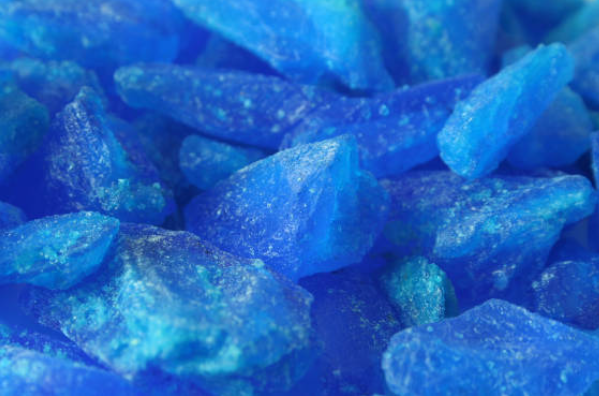
What is the Equation of Hydrolysis for FeSO4 (in Steps)?
-

Causes Of Chemical Weathering: What Are Its Effects On The Environment
-

The Use Of Gas Chromatography In Pharmaceutical Industry
-
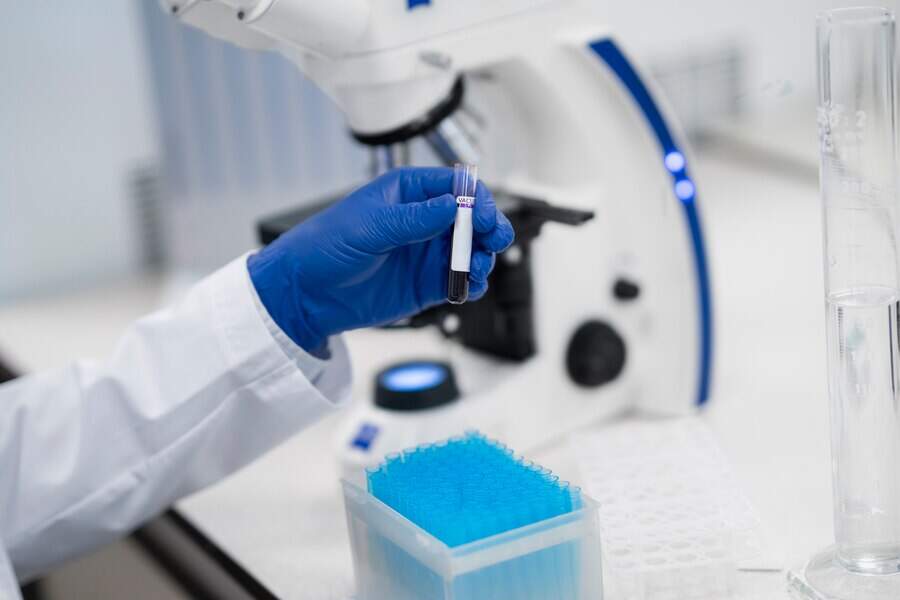
What Are The Consequences Of Taking Out Of Date Medication?
-
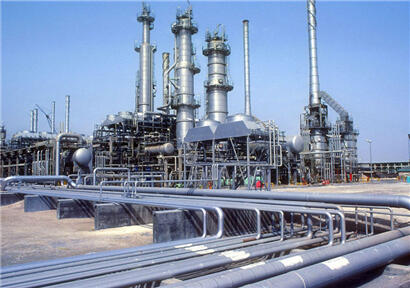
Net reduction of coal consumption by 1.53 million tons in 2020
-

PolyOne launches new additives to enhance the filtering ability of masks
-

Planting Green Harvest Hope
-
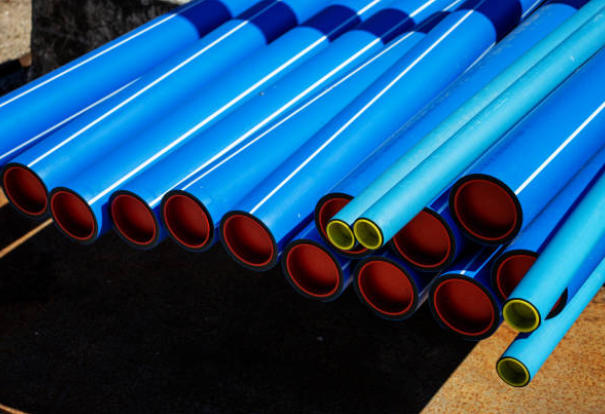
Joined Forces! DuPont and Nippon Paint Jointly Launch PVF Coating Solutions
-

In May, Myanmar's Corn Exports Exceeded the Predetermined Target





